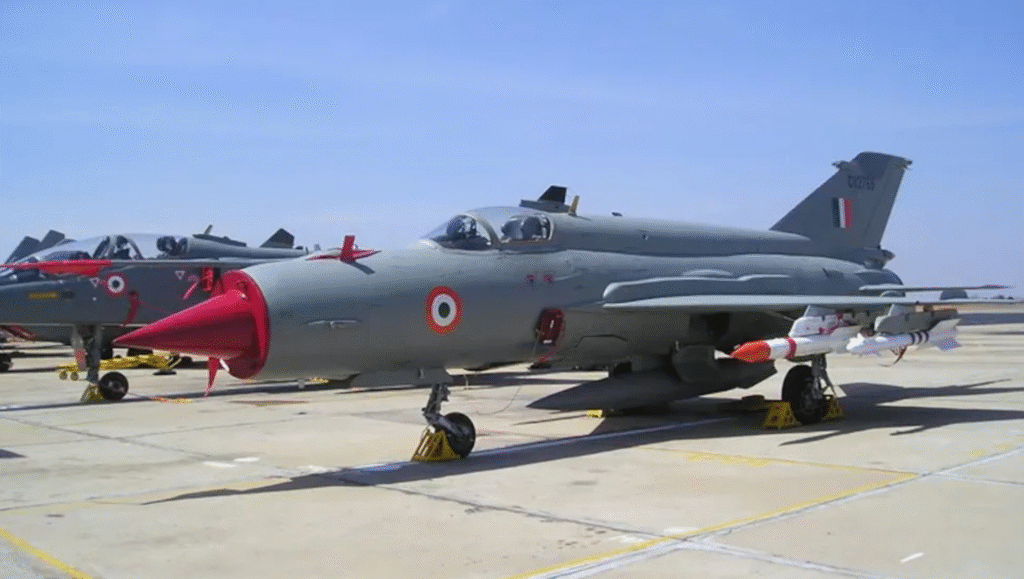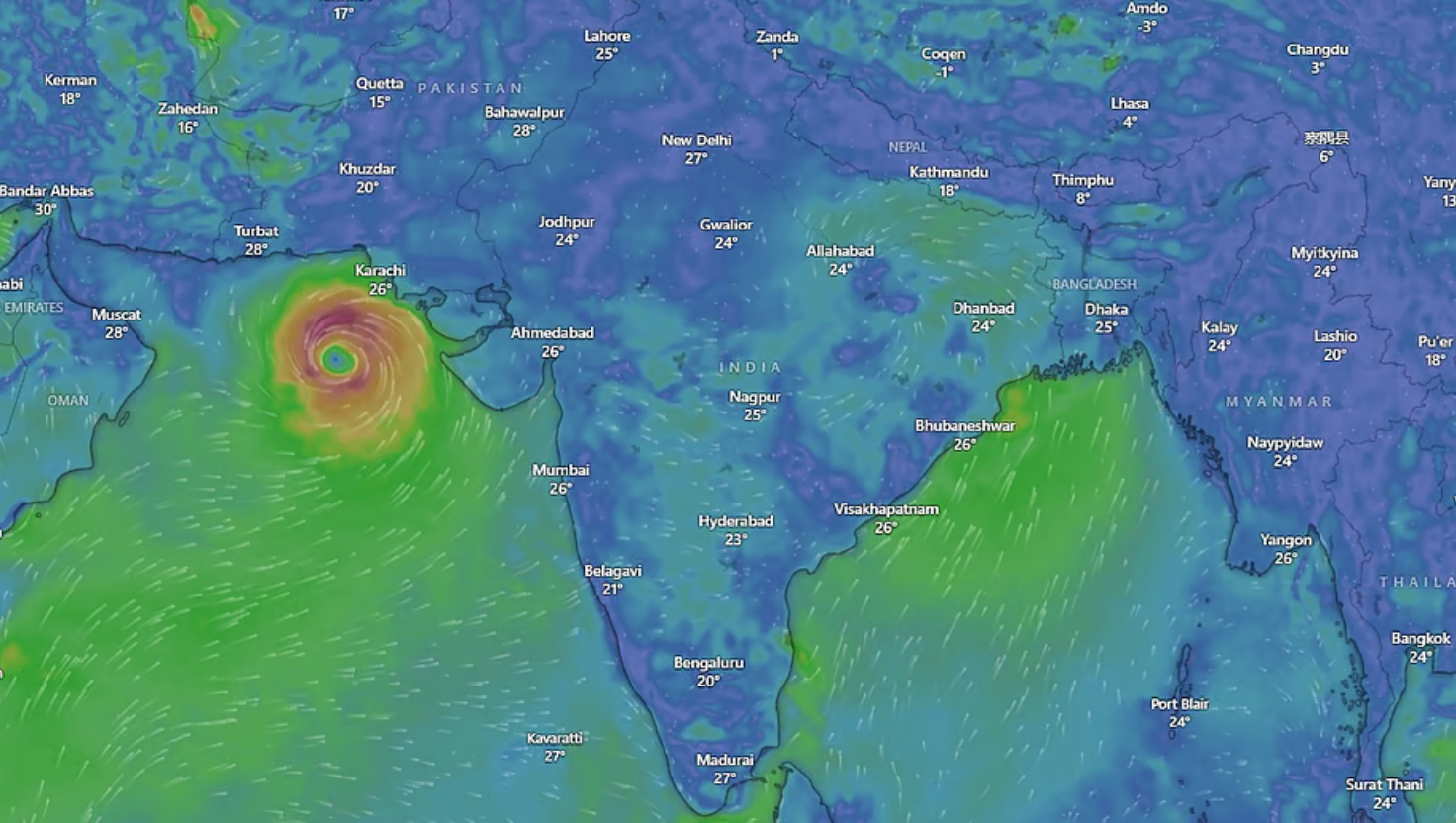MiG-21: End of an Era in the Indian Air Force
Syllabus: Defence (UPSC Prelims)
Source: NDTV
Context
The Indian Air Force (IAF) has retired its last two MiG-21 squadrons — No. 23 Panthers and No. 3 Cobras — formally ending the service of this iconic aircraft after six decades.
About MiG-21
- A supersonic jet fighter and interceptor with a delta-wing design.
- NATO codename: Fishbed. Nicknames: Balalaika (shape) and Silver Swallow.
- Developed in the 1950s by the Soviet Union (Mikoyan-Gurevich Design Bureau).
- First prototype (Ye-4) flew in 1955; it became the world’s most-produced supersonic jet.
Induction in India
- Entered IAF service in 1963 as the first supersonic jet.
- India acquired 700+ MiG-21s over time.
- The last variant, MiG-21 Bison, was upgraded in 2006.
- Saw action in the 1965 India-Pak War, 1971 Liberation War of Bangladesh, and 1999 Kargil conflict.
Controversies
- Despite its successes, the MiG-21 had a poor safety record — over 500 accidents and 170+ pilot deaths in India.
Key Features
- Single-engine, single-seat fighter with top speed of Mach 2.
- Delta wing: excellent for rapid climb, but less effective in close combat.
- Bison upgrade included modern avionics, radar, and beyond-visual-range missiles (Derby, ASTRA).
- Emergency thrust mode gave near 1:1 thrust-to-weight ratio for short bursts.
Legacy and Contribution
- Served as the backbone of IAF for six decades.
- Trained multiple generations of fighter pilots.
- A strong symbol of India-Soviet defence cooperation during the Cold War.











